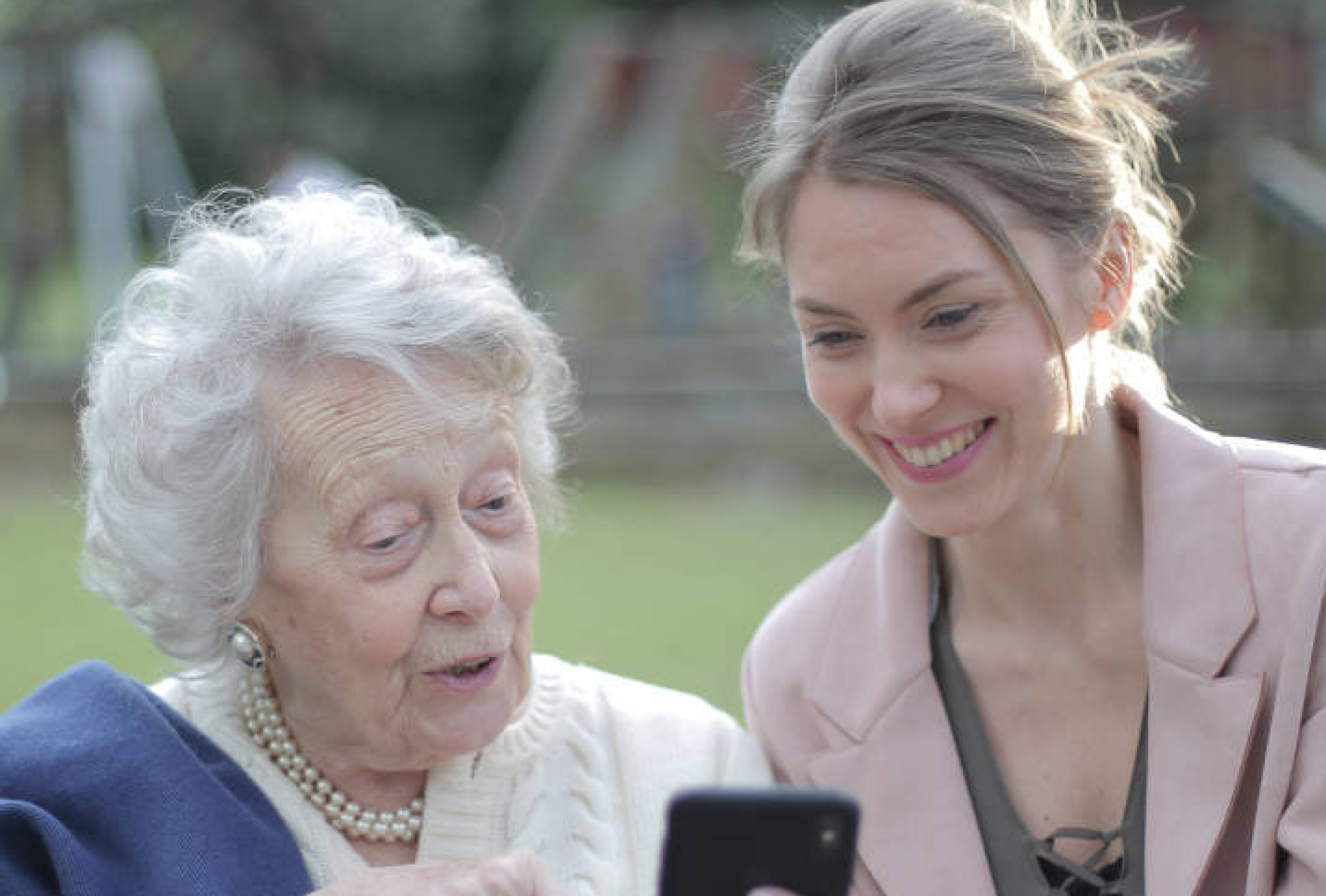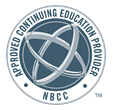QPR Pathfinder Training
The Pathfinder training is designed to create a new workforce of certified suicide care first responders. Pathfinder training teaches willing hearts to identify those at risk early in a crisis and respond immediately with evidence-based and evidence-informed interventions known to reduce suicidal ideation and the risk of a suicide attempt.
Jack McClelland, MD · Danielle R. Jahn, PhD
Pathfinder: one that discovers a way; especially one that explores untraversed regions to mark out a new route. Merriam-Webster
If a mental health condition becomes life-threatening, those thinking about suicide need someone who knows the territory ahead and how to keep them safe. They need someone who is knowledgeable, confident, fearless, and skilled in the use of science-based interventions proven to mitigate psychological pain and suffering.
Seasoned by lived experience, some Pathfinders can provide a unique kind of help to those in pain and help them navigate the unexplored and frightening territory of a mental health emergency they have experienced themselves.
Built upon basic QPR research foundations, Pathfinder training was developed over the past several years to address the global shortage of mental health professionals to cope with the public health problem of suicide. Explore a background article (5-minute read) @ A Misery Index for Global Suffering and the Need for a New Trained Workforce. A second article describing the program can be found at Journal of Prevention.
Choose the version that’s right for you:
Adult and Older Adult Edition
Designed for those working with adults ages 25 and up, such as Peer Support Specialists, Caregivers, Crisis Counselors, or anyone working with at-risk adults. This course includes a special focus on late-life suicide prevention.

Veterans Edition
This version is designed for those working with Service Members, Veterans, and their Families (SMVF), especially in crisis response and peer support roles. Pathfinder training is intended to produce crisis responders who are competent and confident in their abilities to help others survive a life-threatening suicide crisis and help set them on a path to better mental health. Taught by veterans, this version of Pathfinder training is also suitable for Peer Support training for First Responder organizations.

Youth and Young Adult Edition
This version is designed for those working with youth and young adults, ages 10 through 24, especially in suicide intervention roles.

Lifespan Edition
This version is designed for Crisis Counselors, Peer Support Specialists, and anyone working with those at risk of suicide at any age.

Global problem, global solution
To meet the need for Pathfinders around the world – especially those in peer support roles and with a focus in resource-poor remote areas and developing countries - the institute developed four versions of Pathfinder training: Youth/Young Adult, Adult/Older Adult, Lifespan, and Veteran/Military.
These robust certification training programs will help build community capacity to respond to suicidal individuals at the local level. Offered only online, Pathfinder training programs are accessible via any device with an internet connection. Scalable through technology transfer, the training remains affordable, accessible, and available 24/7 in any time zone. The world may not have enough mental health professionals or the infrastructure, clinics, and hospitals to support their work, but it does have smart phones and smart, compassionate people willing to learn how to apply science-informed interventions to help their fellow citizens suffering from suicidal ideation and a desire to die.
Following WHO recommendations, the Guidelines for Training published by the National Alliance for Suicide Prevention, and employing science-based best-practices knowledge, skills, attitudes, and abilities, Pathfinder training targets anyone in any helping profession, but especially peer support non-professionals and those with lived experience.
With rigorous training, we believe Pathfinders can learn to identify developing mental health crises and apply effective interventions at the grassroots level. These interventions – when applied early to an in-progress suicide crisis – can change the trajectory of that crisis, mitigate its intensity, and help avert the need for emergency room admissions, specialty mental healthcare, and even hospitalizations. Pathfinder interventions should reduce suicide morbidity and mortality as well. Research is already underway to evaluate Pathfinder effectiveness.
Pathfinder certification will offer an important credential for those working on the front lines of the mental health movement and perhaps lead to a new professional workforce.
Who is to be trained?
Any willing person 16 or older, including those in their late years. Pathfinders will be recruited from the millions of QPR-trained citizens and anyone engaged in helping others in their community, and especially those in peer support roles, with or without lived experience.
How long is the training?
Training is 14+ to 20+ hours for the lifespan edition (2 to 3 days). Self-paced and engaging, beta testers and early adopters have given uniformly high marks to their learning experiences.
What is it like?
Pathfinder training is skills focused, built on nationally recommended core competencies, and comprehensive. We have addressed what is missing in most online training programs by employing our innovative scenario-based simulations in which learners must engage in multiple role-plays as they apply what they have learned to reduce suicide risk.
What is unique about the training?
Pathfinder training is highly interactive and uses the latest in e-learning technologies. The format includes multi-media video, interactive case studies, text, and dozens of real-world, scenario-based interactive gamified practice simulations to allow participants to test and demonstrate their mastery of the knowledge, skills, and attitudes known to be effective in helping people with suicidal ideation.The courses are taught by two or more expert faculty.
How is response readiness maintained?
High-frequency low-dose practice sessions (role-plays) are emailed to Certified Pathfinders every 45 days during the two-year certification period. Thus, Pathfinders receive a total of 26 “booster sessions” to reinforce their training over time.
How is the new workforce supported?
Pathfinders are supported by their parent organizations/supervisors with technical support provided by suicide prevention experts and faculty from the QPR Institute. Case-specific clinical consultation is not provided by the QPR Institute.
How much does it cost?
$495. World Bank discounts to apply in low- and middle-income countries.
Each Pathfinder program covers a large at-risk cohort; youth and young adults, adults through the middle-aged, veteran/military and their families, and those at risk of suicide in late life.
If exploring our web pages, you will find new online courses created or expanded to meet profession-specific training requirements for emerging state licensure laws.

